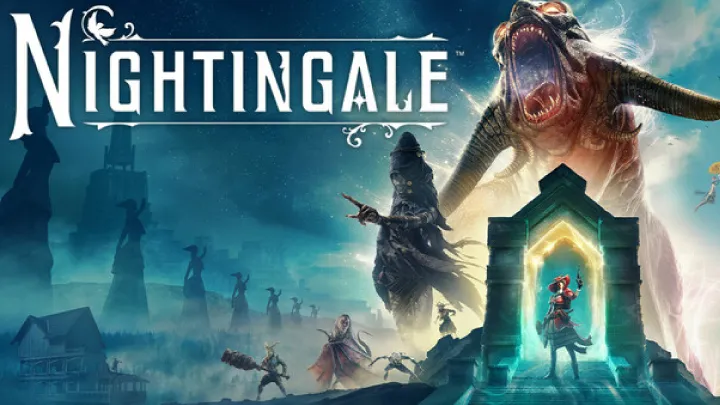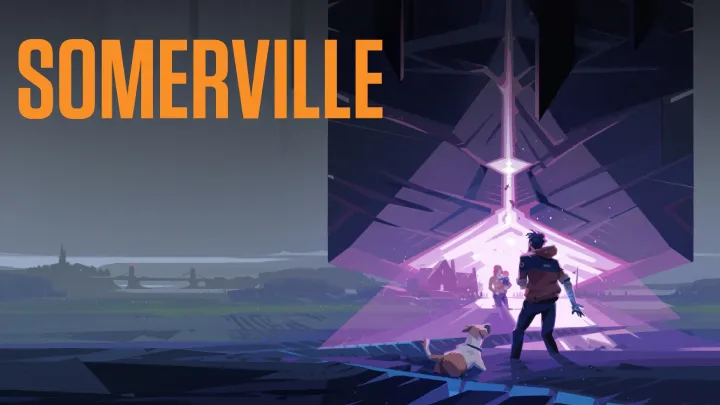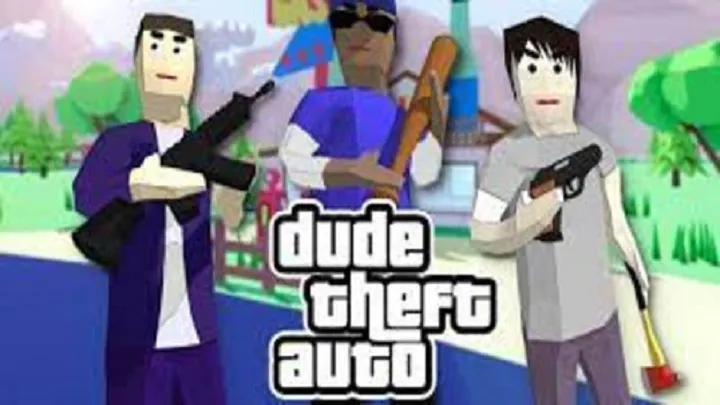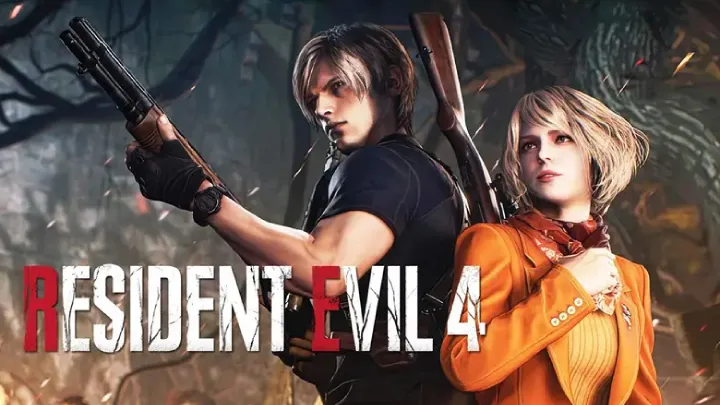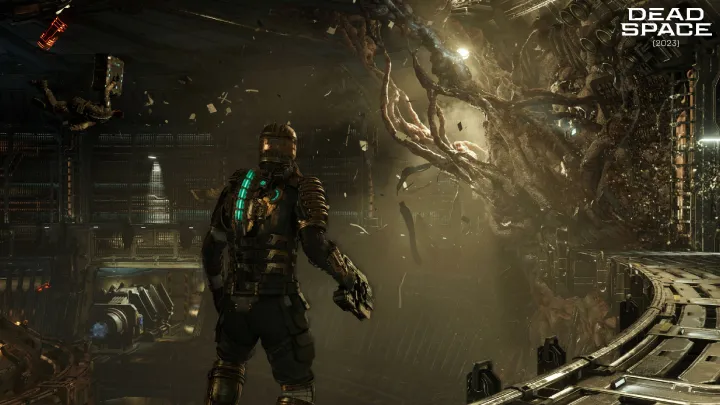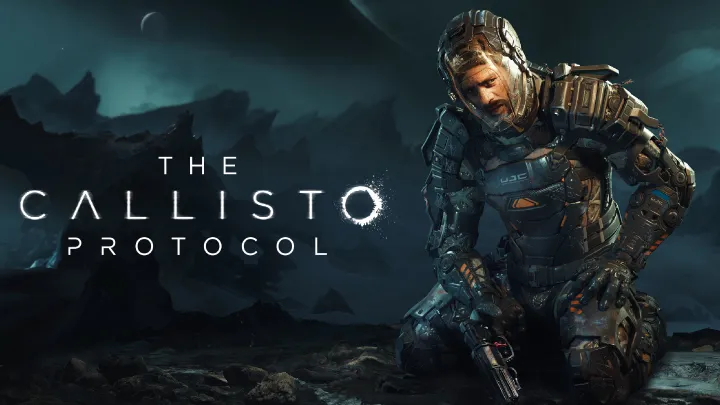Paranoia Place is a game that thrives on psychological tension and horror-driven immersion. What sets it apart from many other horror titles is its emphasis on unpredictable paranormal entities that do not follow conventional enemy behavior patterns. These entities are more than just obstacles; they are central to the game’s identity. They embody the fear of the unknown, keeping players on edge with every step they take inside the chilling environments of Paranoia Place.
For new and seasoned players alike, understanding how these paranormal beings behave, how to identify them, and how to adapt strategies for survival is critical. This article offers a comprehensive guide on the nature of entities in Paranoia Place, structured step by step. We’ll explore their origins, patterns, escalation phases, and methods of evasion, concluding with advanced survival tactics. By the end, you’ll gain both clarity and actionable strategies for surviving encounters with the game’s most terrifying features.
The Origins of Paranormal Entities in Paranoia Place
Paranoia Place does not explicitly spell out the lore behind its entities, but fragments of story, hidden documents, and environmental storytelling suggest a grim backdrop. The abandoned structure where the game unfolds has a history steeped in experimentation, hauntings, and psychological trauma. Many players theorize that the entities are either remnants of tortured souls or manifestations of fear itself.
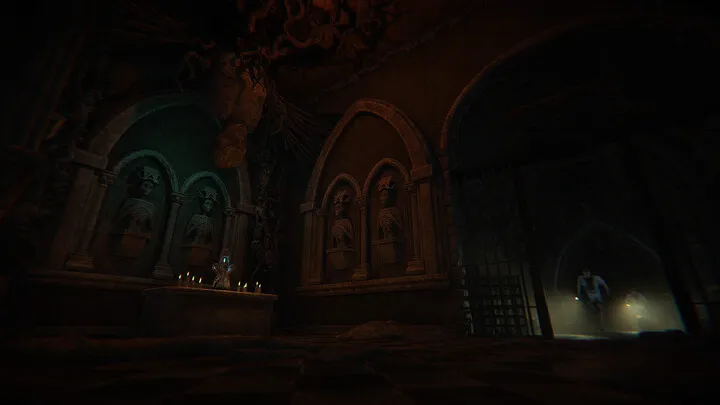
This ambiguity enhances the terror. By never fully explaining their origins, the developers leave room for the imagination to craft its own nightmares. Players fill in the blanks with their own fears, making each encounter feel intensely personal. The result is that entities feel more alive and unpredictable, as if they were truly part of the player’s psyche rather than scripted events.
Early Game Encounters: Identifying Subtle Threats
During the early stages of Paranoia Place, encounters with entities are often subtle. The game builds atmosphere gradually, with flickering lights, faint whispers, and shadows that move just out of sight. These environmental cues are not random; they signal the nearby presence of an entity.
Recognizing these signals is the first step in surviving. Players who ignore them often stumble into danger unprepared. For instance, hearing repeated knocks or whispers usually means an entity is lurking around a corner. Visual distortions like static, warped textures, or sudden camera interference act as further warnings. Identifying these early cues allows players to change direction, prepare hiding spots, or gather necessary tools before escalation begins.
Mid-Game Escalation: When Entities Grow Aggressive
As players progress deeper into Paranoia Place, entities become less subtle and more aggressive. The once-quiet whispers may escalate into distorted screams, and the faint shadows may become fully visible figures stalking the halls. At this stage, evasion becomes more complex, as enemies begin to patrol areas and actively pursue players.
The mid-game is also where resource management becomes crucial. Tools like protective charms, light sources, and escape routes must be used strategically. Entities may try to corner players or lure them into traps by mimicking sounds or causing distractions. Understanding their tactics helps in avoiding unnecessary confrontation, which often ends in failure for unprepared players.
Entity Behavior Patterns and AI Design
One of the standout aspects of Paranoia Place is its dynamic AI system for entities. Unlike many horror games where monsters follow predictable patrol routes, entities here behave in erratic ways designed to maximize fear. Their movement is semi-random, but tied to player behavior. For example, making too much noise may attract an entity, while staying still too long may cause one to materialize nearby.
This unpredictability forces players to adapt constantly. There are, however, subtle patterns within the chaos. Some entities favor dark corners, while others thrive in confined spaces. A few are even drawn to specific player actions, such as interacting with cursed objects or opening sealed doors. Recognizing these behavioral tendencies can save valuable time and prevent panic during encounters.
Tools and Items for Survival
Throughout the game, players can collect and utilize items to improve their chances of survival against entities. These items are not always straightforward; their usage often comes with trade-offs. For instance, flashlights help illuminate dark areas but also draw attention to the player. Similarly, protective charms may deter an entity temporarily but degrade after repeated use.
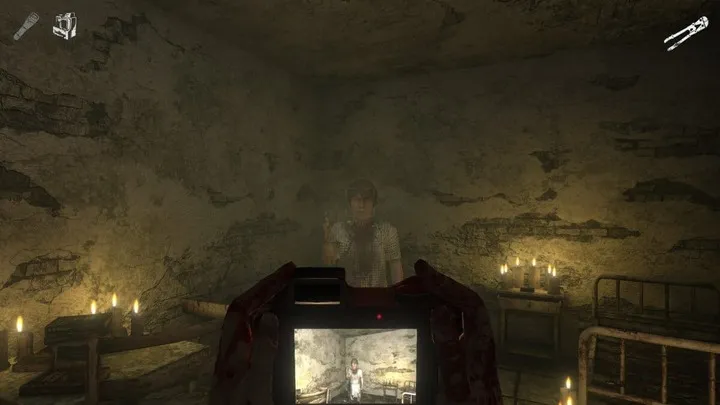
Some of the most useful items include:
- Protective charms – Temporarily repel entities when activated.
- Sound distractors – Tools that create noise elsewhere to draw entities away.
- Light sources – Essential for navigation but risky in hostile areas.
- Keys and sigils – Unlock hidden rooms or wards that can provide temporary safety.
Mastering when and how to use these items is just as important as finding them. Wasting a charm too early or overusing light in sensitive areas often leads to disastrous outcomes.
Advanced Evasion Techniques
When direct confrontation with entities becomes unavoidable, evasion techniques are the player’s best bet for survival. Running blindly is rarely effective; entities are often faster and more adaptable. Instead, players must learn to break line of sight, use the environment, and exploit momentary weaknesses.
Common evasion strategies include:
- Breaking sight lines – Ducking behind furniture or into dark corridors where entities lose visual contact.
- Sound masking – Timing movement with environmental noises like thunder or machinery to remain undetected.
- Looping routes – Leading entities into circular paths and doubling back when they lose track of the player.
These techniques require practice and a deep understanding of the level’s layout. Over time, players develop instincts for when to hide, when to run, and when to distract.
Psychological Pressure and Player Adaptation
Paranoia Place thrives on psychological pressure as much as physical danger. Entities are designed not just to harm but to break the player’s mental focus. Extended encounters often lead to panic, which causes mistakes like sprinting too early, wasting items, or choosing poor hiding spots.
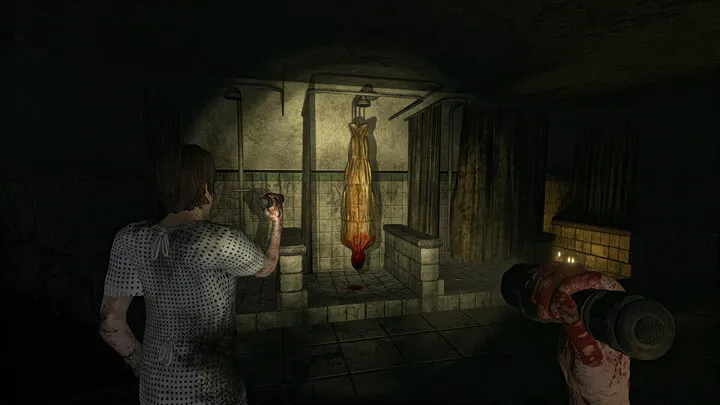
Adapting mentally is just as crucial as mastering mechanics. Experienced players learn to slow their breathing, avoid tunnel vision, and recognize that panic rarely improves survival odds. The game becomes a test of composure, forcing players to adapt both emotionally and strategically.
Cooperative Play and Shared Entity Strategies
While Paranoia Place can be played solo, its cooperative mode offers unique dynamics in entity survival. Multiple players must coordinate not only their exploration but also how they handle threats. Entities often react differently in co-op, targeting the loudest or most isolated player.
Strategies here revolve around teamwork:
- One player may act as a decoy while others complete objectives.
- Sharing resources ensures no one runs out of charms or tools at critical moments.
- Communication reduces the risk of overlapping mistakes, like multiple players running into the same trap.
Surviving together requires trust and planning, as reckless teammates can doom the entire group.
Endgame Entities and Ultimate Challenges
The final stages of Paranoia Place introduce the most dangerous entities, often with abilities that break previously learned rules. These advanced enemies may teleport, phase through walls, or stalk players invisibly until the last moment. Standard evasion techniques often fail against them, forcing players to combine strategies creatively.
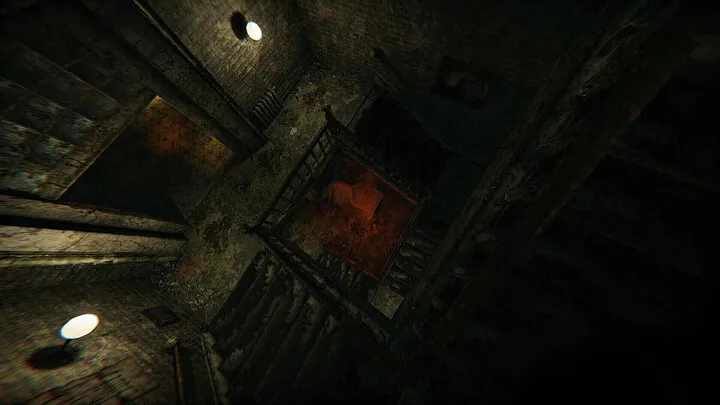
The endgame also shifts focus toward puzzle-solving under immense pressure. Entities chase players relentlessly while they attempt to activate final wards, unlock sealed chambers, or escape collapsing areas. Success here depends on everything learned earlier: resource management, behavioral observation, and emotional composure.
Lessons Learned and the Deeper Meaning of Entities
Beyond their gameplay function, entities in Paranoia Place serve a symbolic role. They represent fear, paranoia, and the human struggle with the unknown. Each encounter challenges not only survival instincts but also the player’s ability to confront discomfort. The game is as much about facing one’s inner fears as it is about evading external threats.
By the end, players often walk away with more than just a sense of accomplishment. They learn the importance of patience, observation, and adaptation—skills that mirror real-world coping mechanisms for dealing with uncertainty and anxiety. The entities may terrify in the moment, but they also teach resilience through gameplay.









